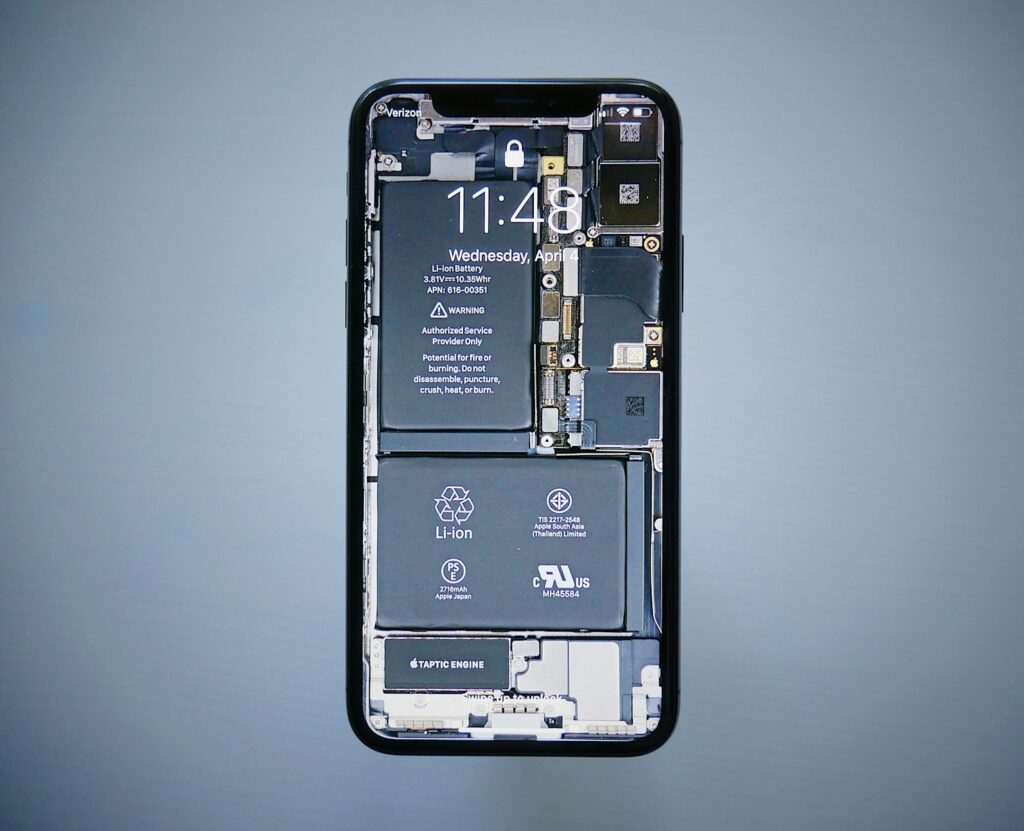
Modern smartphones have seamlessly integrated into every facet of our daily lives, becoming indispensable tools for communication, navigation, and productivity. Our constant reliance on these devices naturally raises questions about maintaining the longevity of their most vital component: the battery. One of the most persistent and debated topics revolves around the simple, habitual act of charging our phones to a full 100%.
For years, a pervasive myth suggested that leaving a phone plugged in after reaching 100% would cause “overcharging damage.” While modern smartphones are indeed equipped with sophisticated charging systems that prevent crude overcharging, the relationship between a full charge and battery health is more nuanced. It’s not about immediate destruction, but rather a subtle, cumulative stress that significantly impacts a battery’s useful lifespan. Understanding this distinction is crucial for getting the most out of your device.
In this in-depth exploration, we’ll peel back the layers of popular misconceptions and delve into the chemical and electrical realities governing lithium-ion batteries—the powerhouses inside nearly every portable gadget. Consulting experts from iFixit and academia, we’ll unravel what truly happens when you push your battery to its absolute limit, reveal often-overlooked factors that accelerate degradation, and ultimately provide an authoritative picture of how your charging habits influence long-term device health. Prepare to rethink how you plug in, as we discover why “full” might not always be the optimal state for your phone.
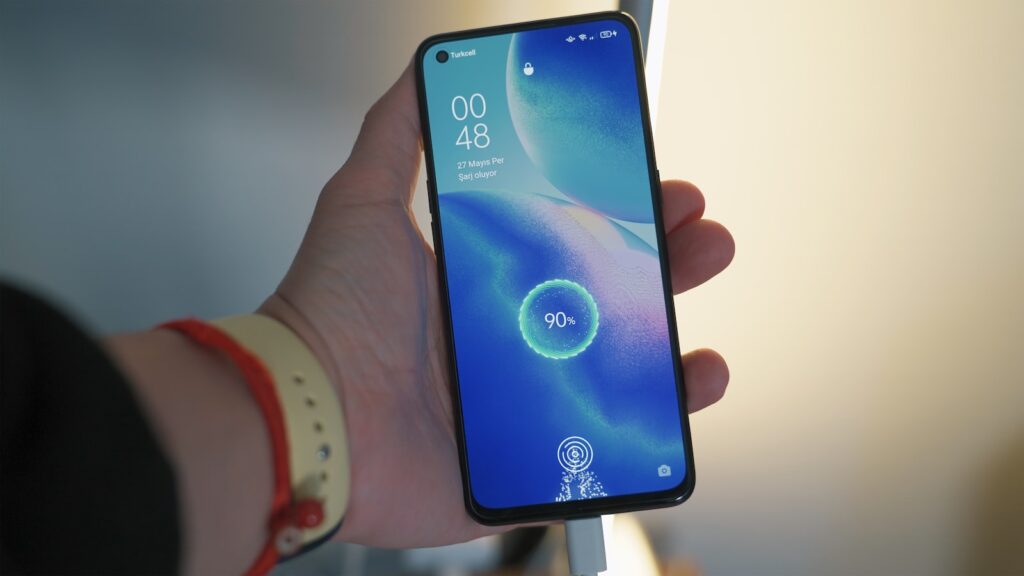
1. **The Enduring Myth: Does 100% Charging Really Harm Your Phone?**
It’s a common scenario: you plug your phone in overnight, expecting a full 100% charge in the morning. This practice, driven by a desire for maximum uptime, has led to widespread discussion regarding battery health. The short answer, confirmed by experts, is complex: modern phones prevent catastrophic “overcharging damage,” but consistent 100% charging can accelerate battery degradation over the long term.
Modern smartphones are engineered with intelligent charging systems that go beyond simple on/off switches. These systems cut off or taper power delivery once the battery reaches full capacity, preventing the crude damage associated with older devices. You can generally relax if your iPhone or Android device is plugged in overnight; it won’t instantly ruin your battery. These smart circuits protect against immediate, dramatic failures.
However, “won’t ruin your battery” doesn’t mean it has no effect. While smart charging systems prevent catastrophe, keeping a phone perpetually at 100% can still introduce extra stress on the battery. Lithium-ion batteries naturally degrade with age and use, and charging habits significantly influence the speed of this decline. It’s a subtle but persistent strain, accumulating over thousands of hours at peak voltage, rather than an acute trauma.
This nuanced understanding is echoed by Chao-Yang Wang, director of the Electrochemical Engine Center at Penn State University. He notes that “a battery will degrade faster if you charge it to 100% versus a little bit lower state of charge.” Dibakar Datta, an associate professor at the New Jersey Institute of Technology, adds that consistently charging to 100% keeps the battery at a high voltage, causing “chemical aging.” It’s a slow, continuous wear-and-tear process that reduces the battery’s overall lifespan.

2. **Unpacking Lithium-Ion: The Science Behind Battery Degradation**
To understand why charging habits matter, one must grasp the fundamental chemistry within a lithium-ion battery. These sophisticated power sources are dynamic electrochemical systems, where a delicate balance of reactions dictates performance and longevity. The “charge cycle” is a common metric, but how you charge within that cycle can be even more impactful than just the count.
Arthur Shi, iFixit’s resident battery expert, offers an illuminating analogy: “My go-to analogy is a sponge and a cup of water. The sponge represents the graphite anode and the water represents the lithium ions.” When a lithium-ion battery charges, lithium ions “embed into the graphite (intercalation).” A dry sponge readily absorbs water, much like a depleted battery quickly accepts charge. This early charging phase is relatively benign for battery health.
As the battery approaches maximum capacity, the process becomes more stressful. Just as a saturated sponge requires slower water input to prevent puddling, a nearly full lithium-ion battery demands a delicate charging approach. This “last part” of charging, from around 80% to 100%, is not only slower but also the most damaging. Internal components experience increased electrochemical stress and material strain, accelerating degradation.
Lithium-ion batteries “don’t like to operate near max capacity,” as Shi explains. The high voltage state at full charge puts considerable stress on the cathode and electrolyte. This sustained stress at the upper limits of their design parameters contributes significantly to the gradual, irreversible loss of capacity. It’s like continuously stretching a material to its breaking point, rather than allowing it to rest within its natural elastic limits.
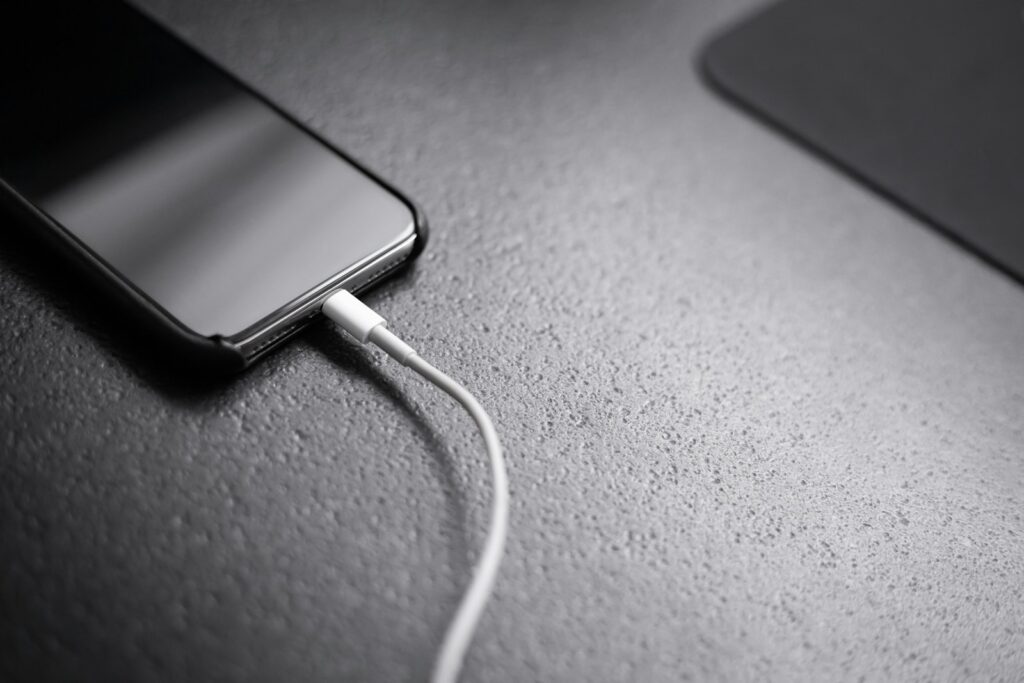
3. **The Puzzling Problem of Lithium Plating: Irreversible Damage**
One of the most insidious forms of battery degradation, particularly when pushing towards 100% charge, is “lithium plating.” This chemical process is a direct consequence of increased stress within the battery during final charging stages. It represents an irreversible reduction in battery capacity, diminishing its ability to store and deliver energy efficiently.
Arthur Shi vividly illustrates lithium plating with his sponge analogy: “Imagine that the water that puddles on top solidifies irreversibly. This would reduce the mating surface area of the sponge and reduce the amount of water that can be recovered from the sponge.” In a lithium-ion battery, this “solidification” happens when charging rates are too high, or the battery is too full. Lithium ions deposit as metallic lithium on the anode’s surface instead of embedding neatly.
This metallic lithium deposition is problematic for several reasons. Firstly, these lithium ions become unavailable for electrochemical reactions, effectively trapped and unusable. This directly translates to reduced overall battery capacity. The graphite anode’s “mating surface area” diminishes, meaning less space for future lithium ion intercalation, leading to a permanent decrease in how much energy the battery can hold.
Secondly, lithium plating poses safety concerns. Metallic lithium deposits can grow into dendrites—needle-like structures that can pierce the separator between the anode and cathode. This can cause a short circuit, potentially leading to overheating, swelling, or even fire. While modern phones have extensive safety features, repeated plating exacerbates these risks over the battery’s lifetime, underscoring why avoiding consistent 100% charging is prudent.
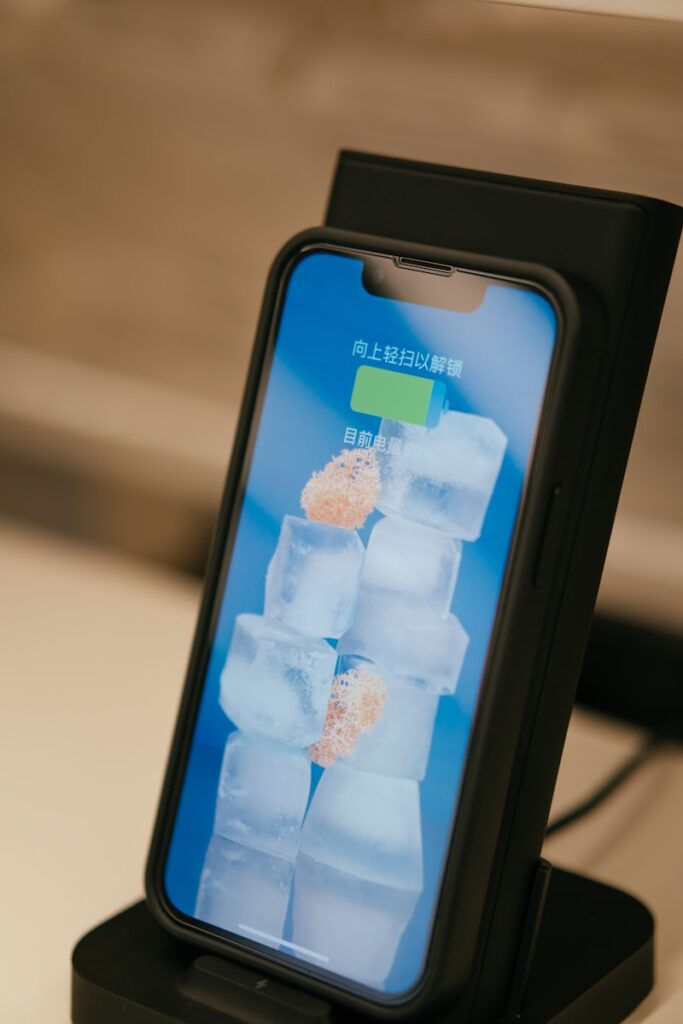
4. **The “4X” Promise: Quantifying the Impact of Charge Limits**
While chemical explanations for battery degradation are clear, quantifying the tangible benefits of adjusting charging habits can be highly motivating. Some studies suggest that the increase in a battery’s total energy delivery over its lifetime can be substantial when charging is limited below 100%. This isn’t just about preserving cycles; it’s about maximizing the total useful energy a battery can provide before it truly “dies.”
A compelling statistic comes from “space mechatronics engineer” Mister Mystère on Stack Exchange. He suggested that “charging to 80% instead of 100% multiplies by 4 the amount of energy the battery will have transferred to you over its life.” This staggering figure implies your battery could last up to four times as long in terms of total energy output. The tradeoff, as Mystère notes, is “to compromise on how much energy you can get out of a full charge (big slices, small cake VS small slices, large cake).”
Essentially, you gain more cumulative energy from the battery over its lifespan, even if each individual charge doesn’t last quite as long. While a 4X increase might be an optimistic estimate for typical consumer devices, the underlying principle is sound. iFixit’s independent materials science and engineering PhD confirmed that “the general arguments put forth in that Stack Exchange article are good.” They noted that while 80% might not always achieve the full 4X increase, it remains “one of the best ways to increase longevity.”
This concept shifts our understanding of battery life from mere “charge cycles” to the total “number of electrons it can deliver.” By reducing the stress of high voltage and minimizing lithium plating, a battery can maintain its chemical integrity longer. This extended lifespan translates directly to users getting significantly more use from their devices before needing a replacement, leading to cost savings and reduced electronic waste—a win-win for consumers and the environment.
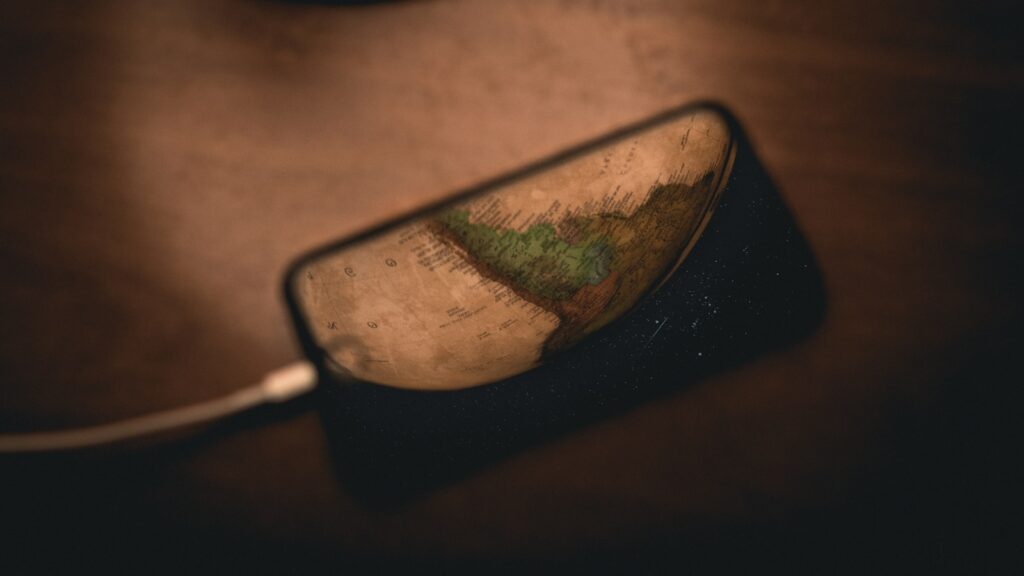
5. **Voltage Stress and Chemical Aging: Why High Charge Levels Hurt**
The core reason why consistently charging to 100% is detrimental lies in the fundamental nature of lithium-ion chemistry and “voltage stress.” These batteries operate within a specific voltage range, and pushing them to their absolute upper limit for extended periods creates an environment that accelerates internal chemical reactions, leading to degradation. It’s akin to consistently redlining an engine; sustained operation at such extremes inevitably causes premature wear.
Dibakar Datta, an associate professor, highlights this directly, stating that “keeping your phone plugged in once it hits a full charge and consistently charging it to 100% keeps the battery at a high voltage, which causes chemical aging in the product.” This “chemical aging” is the cumulative breakdown of the battery’s internal components, including the electrolyte and electrode materials, essential for storing and releasing energy. The higher the voltage, the more aggressively these aging processes occur.
Consider it as the battery cells being under constant, elevated tension. At 100% charge, lithium ions are densely packed into the anode, and the internal voltage is at its peak. This sustained high-energy state stresses the delicate chemical bonds and material structures within the battery. Over time, this stress leads to micro-cracks, loss of active material, and unwanted side reactions, all reducing the battery’s ability to hold a charge and deliver power efficiently. It’s a slow, insidious process that chips away at the battery’s inherent capacity.
The detrimental effects are not immediately noticeable, which allows the myth of “harmless overnight charging” to persist. However, Wang estimates that frequent 100% charging will deteriorate your battery “roughly 10% to 15% faster over your phone’s lifetime than if you charged it to consistently to a lower percentage like 90%.” While not “a whole lot” in the short term, this becomes “noticeable” over the full lifespan of your device, potentially shortening the period before significant run time drops.
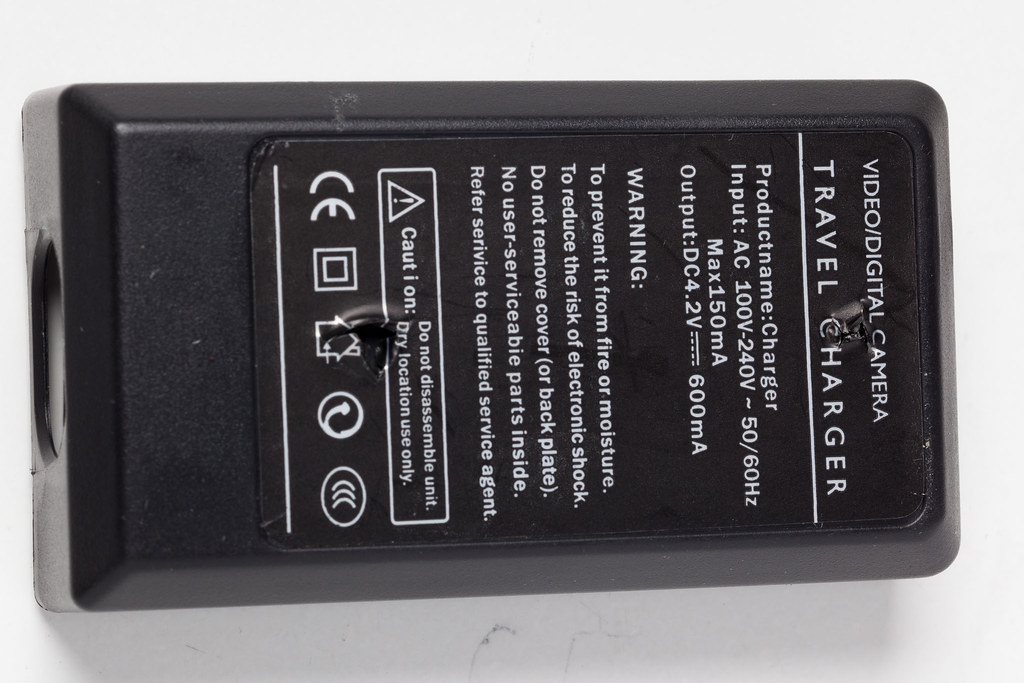
6. **The Silent Killer: How Extreme Temperatures Accelerate Wear**
Beyond just the charge percentage, one of the most significant—and often underestimated—factors contributing to battery degradation is temperature. Lithium-ion batteries are highly sensitive to thermal conditions, and exposing them to extremes, whether hot or cold, can inflict far more damage than consistently charging to 100% under normal circumstances. Managing your device’s operating temperature is a critical, yet frequently overlooked, aspect of battery care.
Chao-Yang Wang emphasizes this, noting, “I think that the battery is probably more afraid of too cold or too hot [temperatures].” He adds, “I think that damage under those extreme conditions probably is greater than charging to 100% under normal temperatures.” High temperatures accelerate internal chemical reactions, speeding up the degradation of components. This leads to reduced capacity, increased internal resistance, and a shorter overall lifespan.
Operating a phone in a very warm environment—like direct sunlight, a hot car, or under a pillow while charging—can push temperatures into unsafe zones. This is particularly problematic when combined with charging, as charging itself generates heat. The combined effect significantly amplifies battery stress, accelerating “chemical wear inside the battery.” Apple, for instance, advises keeping devices between 0 to 35 degrees Celsius (32 to 95 degrees Fahrenheit), recommending removal of certain cases to improve heat dissipation.
Conversely, extremely cold temperatures are also detrimental. While perhaps less overtly “damaging” than overheating, cold conditions increase internal resistance, leading to inefficient charging and reduced power delivery. Though phones adjust charging rates in different climates, consistent cold exposure can contribute to long-term fatigue. Ideally, as Datta suggests, your phone should be kept “in room temperature environments whenever possible” to ensure optimal battery health.
7. **The Perils of the Extremes: Avoiding 0% and 100% for Optimal Health**
If constantly operating at 100% is detrimental, then allowing your battery to completely deplete to 0% is equally, if not more, harmful. For lithium-ion batteries, both extremes of the charge spectrum are stress points that should ideally be avoided for maximizing longevity. “Deep discharging” a battery, or letting it frequently drop to empty, is as damaging as sustained full charges, compelling us to seek a sensible middle ground.
Dibakar Datta explicitly warns against regularly dropping your battery to 0%, stating that “instead, you should plug it in once it hits about 20%.” Allowing your phone battery to frequently drain to nothing harms its ability to hold a charge in the long run. When a lithium-ion battery completely discharges, it undergoes chemical changes that can make it more difficult to recharge and lead to irreversible damage to electrode materials. This phenomenon reduces overall battery capacity and power delivery.
The optimal range, or “sweet spot,” for maintaining phone battery health, according to Datta, “tends to be between 20% to 80%.” This range minimizes stress on the battery’s chemistry, avoiding both the high-voltage strain of full charge and the deep discharge stress of near-empty states. Operating within these parameters allows lithium ions to move more freely and efficiently, preserving internal component integrity and slowing natural degradation.
Manufacturers like Samsung and Google, along with experts, consistently advise keeping your phone charged above a certain threshold, often 50%, and avoiding repeated full drains. While modern batteries are durable and “last, probably, longer than the other features of the phone” according to Wang, these small habitual changes noticeably extend their peak performance. By consciously avoiding both the 0% and 100% extremes, users can significantly bolster their battery’s health, ensuring a longer, more reliable device lifespan.
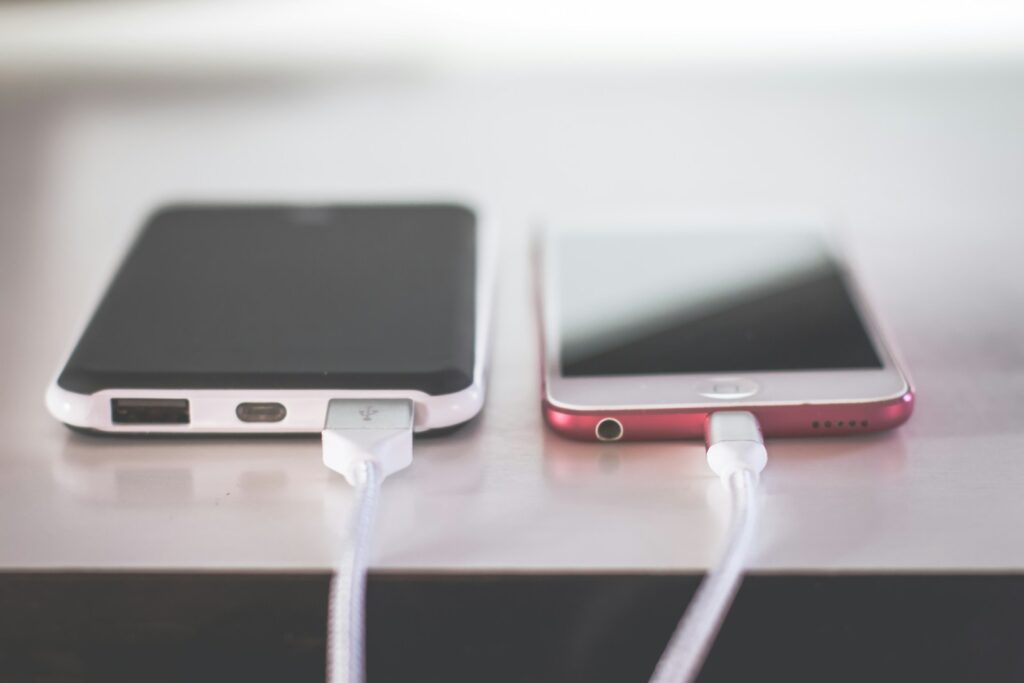
8. **Harnessing Built-in Intelligence: Apple’s Optimized Battery Charging**
The good news for iPhone, Apple Watch, and AirPods users is that major manufacturers are increasingly integrating smart charging solutions directly into their devices. Apple’s ‘Optimized Battery Charging’ is a prime example of this proactive approach, designed to automatically manage your device’s charging behavior to prolong battery lifespan without requiring constant manual intervention. It’s a sophisticated system that learns from your unique daily routines.
This intelligent feature works by observing your typical charging patterns. For instance, if you regularly plug in your iPhone overnight, the system will charge it to approximately 80% and then intelligently hold it at that level. The remaining 20% will only be added just before your usual wake-up time, ensuring you still start your day with a full charge while minimizing the time the battery spends under high-voltage stress.
Apple’s commitment to battery longevity extends beyond just charging percentage. Their official battery guide highlights lithium-ion batteries as ‘consumable components’ that inherently lose capacity over time. To counteract this, Apple also advises users to maintain optimal temperature ranges for their devices, specifically between 0 to 35 degrees Celsius (32 to 95 degrees Fahrenheit), and even suggests removing certain cases while charging to improve crucial heat dissipation. The iPhone 15, for example, has further enhanced this with a dedicated setting allowing users to limit the charge to 80% permanently.

9. **Android’s Adaptive Approach: Samsung’s Battery Protect and Beyond**
Apple isn’t alone in recognizing the benefits of intelligent charge management. The Android ecosystem, particularly with devices from Samsung and Google, also offers robust built-in features aimed at extending battery health. These manufacturer-implemented optimizations provide users with direct control or automatic adjustments to prevent prolonged periods at full charge, thereby mitigating the chemical aging process that impacts lithium-ion batteries.
Samsung, a leading Android device maker, provides a ‘Battery Protect’ function on many of its phones and tablets. When enabled, this setting automatically caps the charging process at 85% for phones and 80% for tablets. This limitation is a direct response to the understanding that reducing the maximum charge level significantly lessens the stress on the battery’s internal chemistry, translating into a longer overall lifespan for the device.
Beyond Samsung, other prominent Android manufacturers like Google, OnePlus, and Xiaomi integrate comparable features into their operating systems. These often go by names such as ‘Adaptive Charging,’ ‘Optimized Charging,’ or ‘Battery Care.’ These systems dynamically adjust power delivery or limit the charge based on your charging habits and device usage, ensuring that your phone isn’t sitting at 100% for unnecessary durations, especially during overnight charges. The Google Pixel phones, for example, have ‘Charging optimization’ that can be set to limit charging to 80%, providing a user-centric solution to a complex technical challenge.
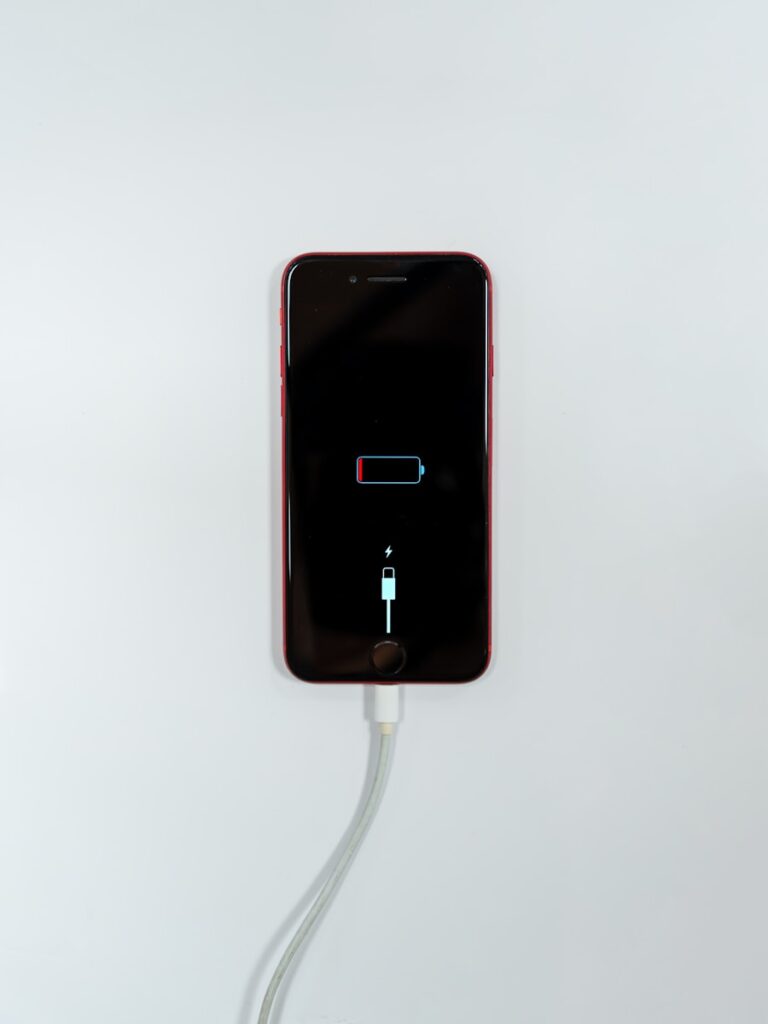
10. **Empowering Users: Third-Party Solutions and Advanced Thresholds**
While built-in manufacturer features offer great convenience, not all devices come with these advanced charging optimizations, especially older models or certain laptop brands. This is where third-party software steps in, offering users the ability to take charge of their battery health. These applications often provide granular control over charging thresholds, empowering individuals to implement the recommended 80% (or even lower) charge limits on their own terms.
For MacBook users, AlDente Charge Limiter by AppHouseKitchen is a popular example. This application allows you to set a specific maximum charge percentage for your MacBook’s battery, such as 80%, giving you the flexibility to temporarily override this limit to achieve a full 100% charge when travel or extended use demands it. Similarly, modern MacBooks, when primarily used plugged into external monitors, can intelligently detect this usage pattern and automatically limit charging to 80%, demonstrating a growing trend toward proactive battery management.
However, it’s crucial to acknowledge the limitations of such third-party software. As the context points out, these apps typically only run when the computer is actively on. This means that if you apply a software update or simply turn off your Mac while it’s still plugged in, the battery might quickly charge back to 100% before the application can reassert its control. For more comprehensive control, solutions like Lenovo’s Vantage Battery Charge Threshold offer an even more robust experience, enabling users to specify both a maximum charge and a minimum level before charging restarts, allowing for precise control over charge cycling, such as keeping the battery perpetually between 40-60% of its maximum capacity. Even a simple iPhone Shortcut, as mentioned, can be set up to notify you at 80%, though user discipline is still required for unplugging.
11. **Speed vs. Longevity: The Nuances of Fast Charging**
In our fast-paced world, the allure of ‘fast chargers’ is undeniable. The promise of quickly replenishing a drained battery appeals to our desire for efficiency and uninterrupted connectivity. However, while convenient, experts caution against their frequent use, suggesting that the very speed that makes them attractive can, paradoxically, contribute to accelerated battery degradation over time. It’s a trade-off between immediate convenience and long-term device health.
The primary concern with fast charging stems from the heat it generates within the battery. As Dibakar Datta, an associate professor at the New Jersey Institute of Technology, explains, ‘Slow charging is more preferable,’ because ‘when you charge very fast, it actually generates some heat in the battery, and when you generate heat in the battery, it can also degrade the battery over time.’ This increased thermal stress accelerates the internal chemical reactions that lead to capacity loss and overall wear.
Furthermore, the elevated voltage required for rapid power delivery also contributes to battery strain. High voltage charging can damage the battery over time, intensifying the chemical aging processes that reduce its lifespan. Beyond degradation, excessive heat generated during fast charging can even pose safety risks, with reports of phones catching fire due to overheated batteries. While modern devices have safeguards, prudence suggests reserving fast charging for truly necessary situations, rather than making it a default habit.
Read more about: Driving the Distance: A Deep Dive into Electric Vehicle Lifespan, Reliability, and Future-Proofing for 200,000 Miles and Beyond
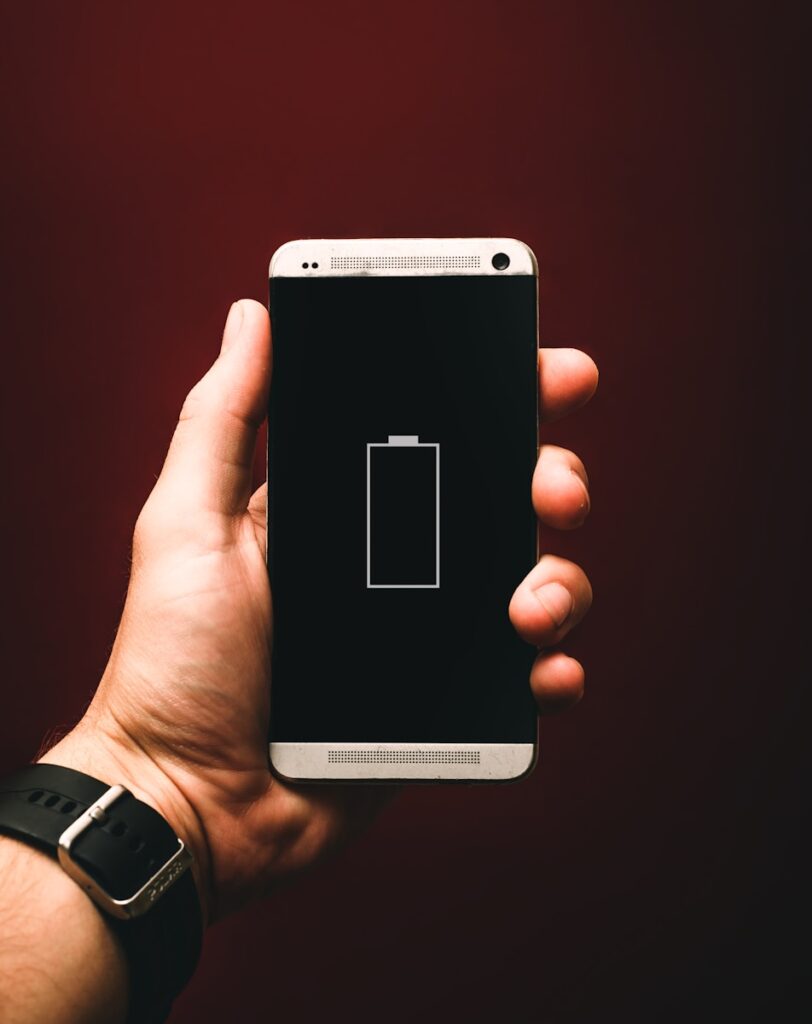
12. **The Unseen Impact: Why Quality Chargers and Cables Matter**
While much attention is paid to charging percentages and software optimizations, the physical tools we use to power our devices often go overlooked. The choice of charger and cable plays a surprisingly significant, yet frequently underestimated, role in maintaining your phone’s battery health and ensuring long-term device longevity. Not all charging accessories are equal, and opting for cheap alternatives can have detrimental effects that far outweigh any initial cost savings.
Experts consistently advise using quality chargers and cables, ideally from your phone’s manufacturer or other trusted, reputable brands. These accessories are designed to deliver a stable and appropriate current to your device, ensuring safe and efficient charging that minimizes stress on the battery’s delicate internal components. They adhere to specific voltage and amperage requirements, working in harmony with your phone’s charging circuitry.
Conversely, the use of ‘cheap, uncertified cables or adapters’ can introduce significant problems. Such accessories may deliver an ‘unstable current,’ which directly stresses the battery cells. This inconsistency in power delivery can accelerate chemical wear, leading to reduced capacity and a shortened lifespan. Generic or third-party chargers, while enticing due to lower prices, come with the inherent risk of ‘overheating your battery or exposing it to harmful voltage fluctuations,’ which can not only degrade the battery but also pose potential safety hazards to the device and user.
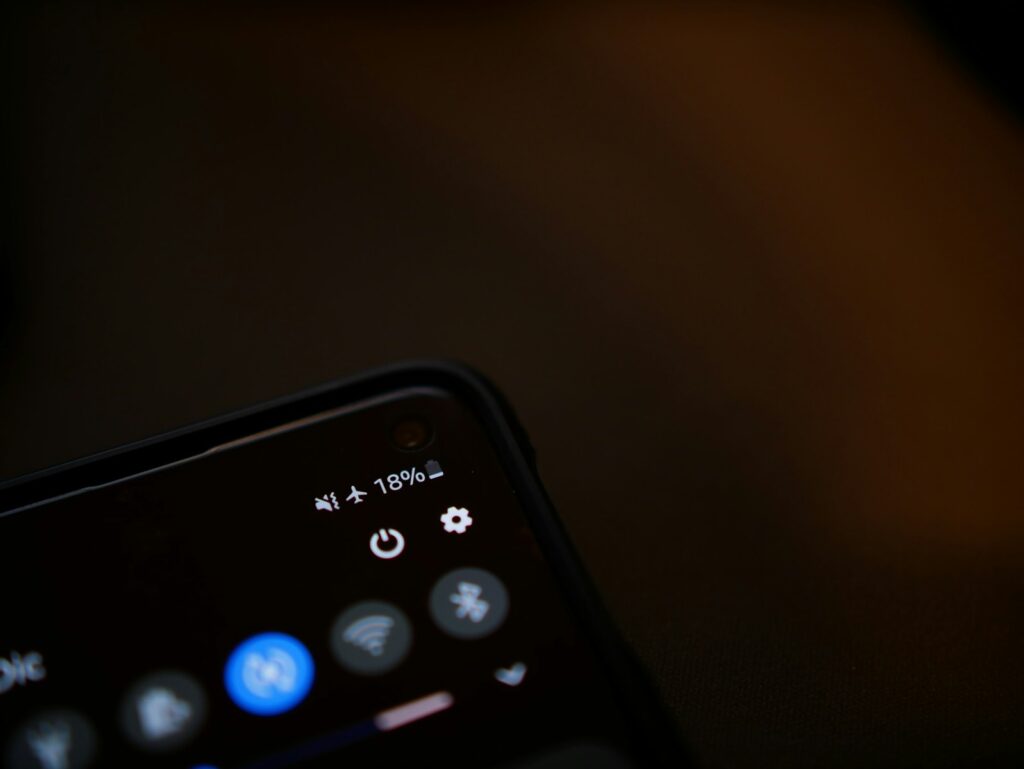
13. **Beyond the Plug: Cultivating Smarter Charging Habits**
While technological advancements and intelligent features greatly assist in battery preservation, user habits remain paramount in determining the long-term health and performance of your smartphone battery. Extending your device’s lifespan isn’t solely about sophisticated software; it also involves mindful everyday practices that complement these innovations. Adopting a few simple, yet crucial, habits can make a noticeable difference in how gracefully your battery ages.
One of the most critical aspects to manage is temperature. As previously discussed, extreme heat is a ‘silent killer’ for lithium-ion batteries. Therefore, make a conscious effort to keep your phone cool while charging. This means avoiding charging it in direct sunlight, in a hot car, or under a pillow, which can trap heat. If your phone feels warm, remove its case or move it to a better-ventilated or shaded spot. Experts, including Apple, suggest that phone batteries perform optimally between 62 and 72 degrees Fahrenheit (16 to 22 degrees Celsius).
Furthermore, resist the urge to constantly top off your battery, and embrace frequent, shallow charges rather than deep, full cycles. Lithium-ion batteries actually ‘prefer frequent, shallow charges,’ meaning it’s perfectly fine to plug in your phone for short bursts throughout the day when it’s convenient. Avoiding both the 0% and 100% extremes when possible, and generally keeping your battery between 20% and 80%, as recommended by experts like Dibakar Datta, minimizes voltage stress and maximizes longevity. Additionally, small tweaks like reducing screen brightness, turning off Bluetooth and location services when not in use, using dark mode, and enabling your phone’s battery saver function can all help to squeeze extra juice out of your battery, further reducing the need for constant, stressful charging. Always keep your apps updated, as some older versions can be notorious battery drainers, and don’t hesitate to check your battery health in settings – if it drops below 80%, replacement is advisable.
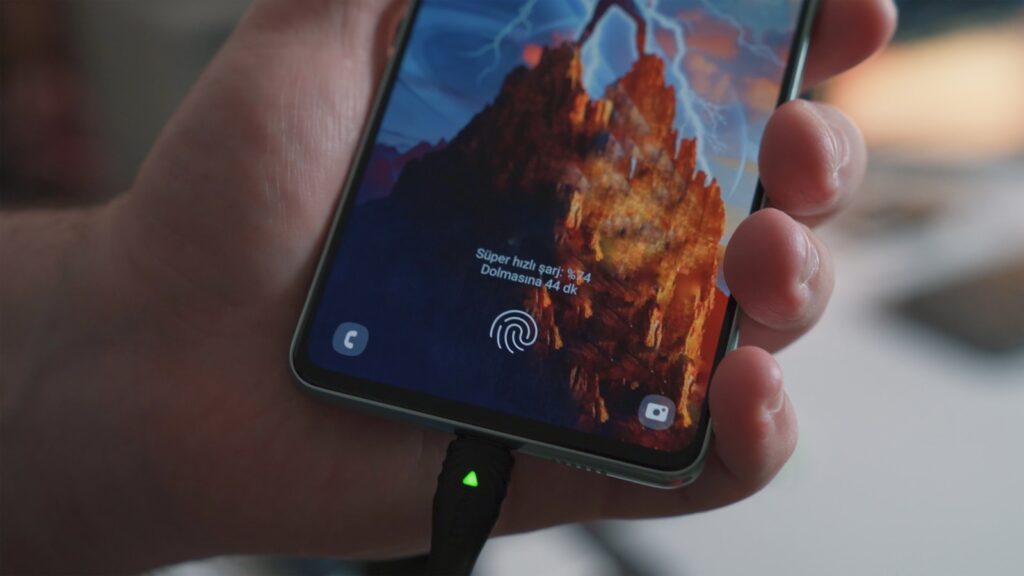
14. **The Enduring Promise: Charging Smarter for a Longer-Lasting Future**
In the complex dance between convenience and conservation, the question of whether charging your phone to 100% ruins its battery has evolved from a simple myth into a nuanced understanding of sophisticated chemistry and intelligent engineering. The overwhelming takeaway is clear: while modern smartphones are robust enough to prevent catastrophic ‘overcharging damage,’ consistent behavior at the extremes of the charge spectrum, particularly at 100%, contributes to faster degradation over the device’s lifespan. However, the path to a healthier battery is now more accessible than ever.
The good news is that the ‘fix is in,’ with major manufacturers like Apple, Samsung, and Google actively integrating features such as Optimized Battery Charging and Battery Protect into their devices. These built-in systems intelligently manage charge levels, learning user habits to minimize stress and maximize longevity. For devices lacking these internal solutions, or for users seeking more granular control, third-party software like AlDente offers viable alternatives, although their effectiveness can sometimes be limited when devices are powered off.
Ultimately, extending your phone’s battery life is a multi-faceted endeavor that combines technological foresight with mindful user habits. It’s about prioritizing slow charging over constant fast charging, investing in quality, certified accessories, and, critically, managing your device’s temperature to avoid detrimental extremes. As iFixit’s independent materials science and engineering PhD affirmed, limiting charge to 80% is ‘one of the best ways to increase longevity,’ potentially delivering ‘4X the amount of energy the battery will have transferred to you over its life.’
So, the next time you plug in your phone, consider it an act of ‘charging with intention.’ Embrace the intelligent features your device offers, adopt a few simple habits to manage heat and charging cycles, and understand that small tweaks today can translate into significant gains in battery lifespan tomorrow. This approach not only saves you money and hassle by delaying costly replacements but also plays a crucial role in reducing electronic waste, fostering a more sustainable relationship with our indispensable digital companions.

